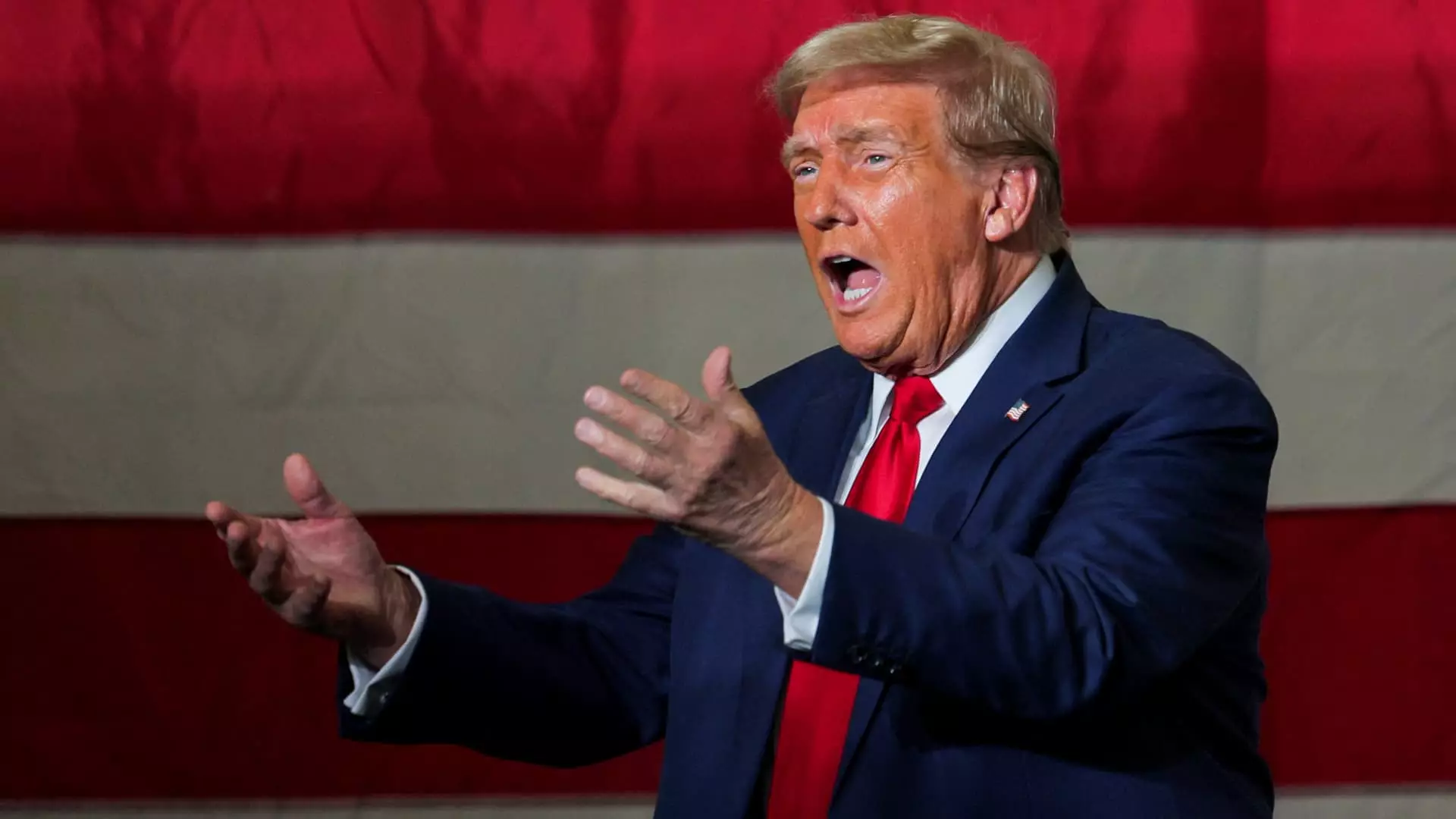The landscape of American politics is fraught with unpredictability, especially as the nation approaches another presidential election. At the center of this uncertainty is former President Donald Trump, who finds himself embroiled in serious legal troubles as a result of his alleged attempts to overturn the 2020 election results. Unsealed evidence recently brought to light, detailed by Special Counsel Jack Smith, paints a damning picture of Trump’s actions and the lengths he purportedly went to in order to disrupt the electoral process.
The crux of Trump’s defense hinges on his assertion of presidential immunity. This claim stems from a Supreme Court ruling that aimed to shield him from prosecution related to actions performed in the course of his official duties. Nevertheless, Smith’s motion argues that the alleged conspiracy to interfere with the election falls outside the boundaries of any immunity afforded to a sitting president. The legal argument presented is straightforward: although Trump held the title of President during the time of the allegations, his actions were not presidential; they were strategized as a political candidate seeking to manipulate the election outcome.
Smith’s arguments assert that Trump coordinated with private individuals to execute a scheme laden with deceit, aiming to disrupt not only the voting process but also the integrity of the American democratic system. This perspective radically shifts the narrative away from immunity, suggesting that actions taken outside the realm of official responsibilities can, and should, lead to accountability.
A Glimpse into the Strategy
The unsealed motion, which spans 165 pages, includes explicit examples that illustrate Trump’s purported efforts to galvanize confusion rather than clarity in the aftermath of the election. For instance, following the election on November 4, 2020, one of Trump’s campaign associates allegedly sought to incite chaos in Detroit, an area where vote counts appeared unfriendly to Trump. The recorded interactions reveal a distressing willingness to entertain the idea of unrest, as one employee reportedly suggested to “make them riot.” Such a statement not only highlights a troubling mentality but also indicates a calculated push toward destabilizing the electoral process for personal gain.
Moreover, the filing reveals interactions involving then-Vice President Mike Pence, showcasing high-stakes discussions where Pence attempted to persuade Trump to accept the reality of his electoral defeat. The exchanges underscore a drastic divergence between Pence’s approach, which often leaned toward acceptance of the electoral outcome, and Trump’s relentless pursuit to contest and negate that reality. The document notes that Pence offered Trump ways to save face while acknowledging the process was finished, signifying a more reconciliatory stance at a time when tensions were escalating.
As the political scene heats up, the impact of these legal challenges is significant, particularly as Trump positions himself as a frontrunner for the 2024 presidential nomination. The interactions outlined in the motion serve not only as evidence of Trump’s behavior post-election but also cast a long shadow over his potential candidacy. Should he win the election, Trump would be empowered to instruct the Department of Justice to dismiss the case, raising questions about the intersection of law, politics, and accountability in America.
In the broader context, the allegations against Trump raise uncomfortable questions about the state of democracy in the United States. The tactics described in Smith’s motion bring to the fore ongoing debates about electoral integrity, the limits of power, and the potential ramifications of political maneuvering that seeks to undermine democratic institutions.
As judicial figures like Judge Tanya Chutkan assess the merits of Smith’s evidence, the judiciary’s role will be pivotal in determining how this situation unfolds. The decision to unseal the motion indicates a level of transparency, but it also amplifies the scrutiny on both Trump’s legal team and the broader implications of their alleged actions. This case could very well set a precedent concerning the legality of a president’s attempts to manipulate electoral processes, testing the very fabric of American governance.
The unraveling events surrounding Trump’s alleged election interference reflect a convergence of legal, political, and societal issues that have far-reaching consequences for the United States. As the country readies itself for the 2024 elections, the implications of this case resonate powerfully, serving as a reminder of the vulnerabilities inherent within a democratic system and the ever-present necessity for accountability.


Leave a Reply